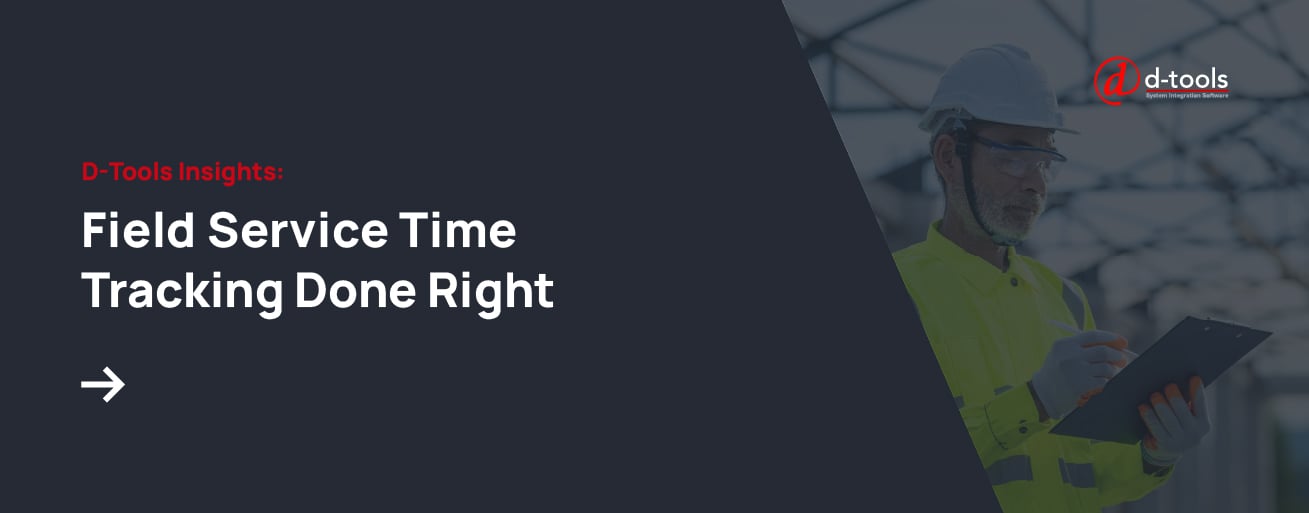Job costing is one of the most significant challenges you’ll face when running a field service business. Accurate job costing is key to your business’ success, though, so it’s important to perfect this process.
Job costing refers to the process by which you track all of the expenses involved in a certain project. Those expenses include your labor costs, materials, subcontractor expenses, equipment, and overhead costs. Because there are so many elements to track, and because projects can be complicated and span weeks, months, or even years, effectively and accurately tracking these costs is a big job.
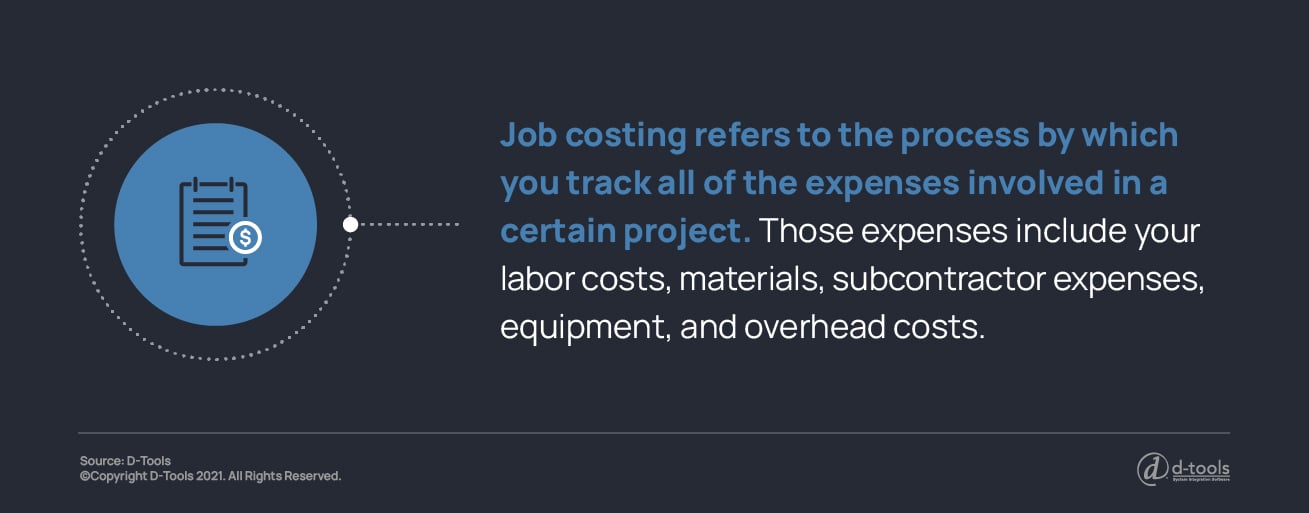
The more you can develop a process and use software to support your needs, the more accurate your costs will be. As a result, you’ll be better able to manage your profit margins, quote future projects more accurately, and use your data to inform future business processes.
The following steps can support more accurate job costing.
Step 1. Establish a Job Costing Process
Start by establishing a job costing process that accounts for all of the tracking that needs to be performed. Develop policies to help guide your staff, including your office staff, anyone involved in product ordering, job supervisors, and field service technicians.
As you develop this process, look for a way to keep all of the information centralized and accessible, yet to also keep it protected. Old-fashioned spreadsheets don’t combine these essential properties, especially when it comes to the hard-to-find combination of data access and data protection.
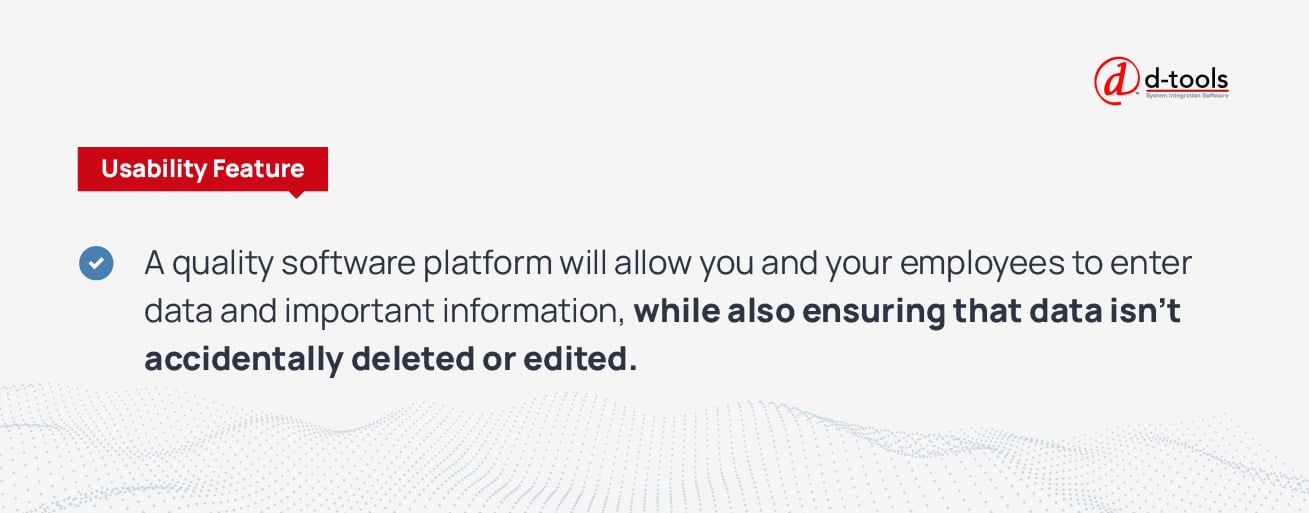
Instead, consider using field service management software that’s designed for that specific task. A quality software platform will allow you and your employees to enter data and important information, while also ensuring that data isn’t accidentally deleted or edited. Individual user permissions and protected areas on the platform can help ensure data accuracy and protect you against data loss.
Next, you’ll need to get your team on board. It’s essential to explain the importance of job costing to your staff. When staff understand the role that job costing plays in your business’ success, they’re likely to be more personally invested in the process.
Verify that your staff is familiar and comfortable with the roles they’ll be playing in the job costing process. Be sure to ask for feedback and suggestions, and stay open to refining the process as you see how it works. You may need to provide training and guidance to certain staff members heavily involved in the job costing process. Make sure that you clearly designate roles, and establish a process for fielding any questions about the job costing.
Step 2. Determine Cost Categorization
When you’re tracking large-scale jobs, you can quickly amass a large list of costs. Determine how you’ll categorize those costs. Labor and materials are two main divisions, but further categorizing costs can be advantageous. Remember, it’s much easier to refine your categorizations now than it will be to divide the data up further later on. Try to envision how you’ll use the data and how you might want to sort costs.
Once you’ve established that categorization, make sure that all of your staff understand it and know how to use it. When your team has a consistent understanding of how your categorization works, they’ll be better able to accurately input information.
Step 3. Track All Your Change Orders
Many projects have a way of exceeding your initially quoted budget when the client requests changes or add-ons. Be sure that you develop a way to track these change orders and who they influence the costs of the projects. Ideally, track the costs related to the changes separately from the initial project, so you can verify that your quotes for the add-ons were accurate.
When you’re able to gather plenty of detail for these change orders, you can use that information to better inform your future project quotes. If you consistently notice change orders created to solve a certain problem or to address something that’s missing from the initial quote, you can use this information to adjust your project quoting process and to hopefully avoid additional future change orders.
Step 4. Improve Field Technician Time Tracking
Your field technician time tracking is a key element of accurate job costing. Manual time tracking, especially when in the field, is error-prone and often lacks the level of detail needed for true job costing.
An automated, tech-based solution is often best, but digitized time clocks at your office or warehouse won’t work because of the nature of a field technician’s work schedule. Instead, field service software that empowers technicians to track their own time is an excellent choice.
Quality field service software lets technicians track their time with a phone, tablet, or other devices. Technicians can clock in remotely, track when they start and stop work on a job, track when they start and stop work on a different job, clock out for lunch, and even track how much time they spend on the road. Because this information is all digitized, you can access it at the office in real-time.
You can immediately use this data to identify areas where you can improve a technician’s billable hours. For example, if your technicians are getting stuck in traffic or are spending unnecessary time on the road, you can alter their routes, so they have more hours to spend on billable work. This may accelerate the progress of your projects and keep you within deadlines.
Step 5. Focus on Accurate Inventory and Price Management
Your inventory and price management play a key role in your job costs. If you haven’t already digitized your inventory and order invoice management, now is the time to do so. Digital records can make it easier to spot trends and price increases, and you can quickly search for and retrieve invoices and other pertinent information.
Software can help to solve some of your greatest inventory management challenges. With a quality field service platform, your technicians will be able to access your inventory from the field. Your entire team can make inventory updates in real-time, ensuring accuracy and allowing you to keep products in stock. This improved inventory also allows technicians to see what’s in their vehicles and what jobs are on their schedule for the day, reducing trips back and forth to the warehouse and allowing your technicians to stay focused on their work.
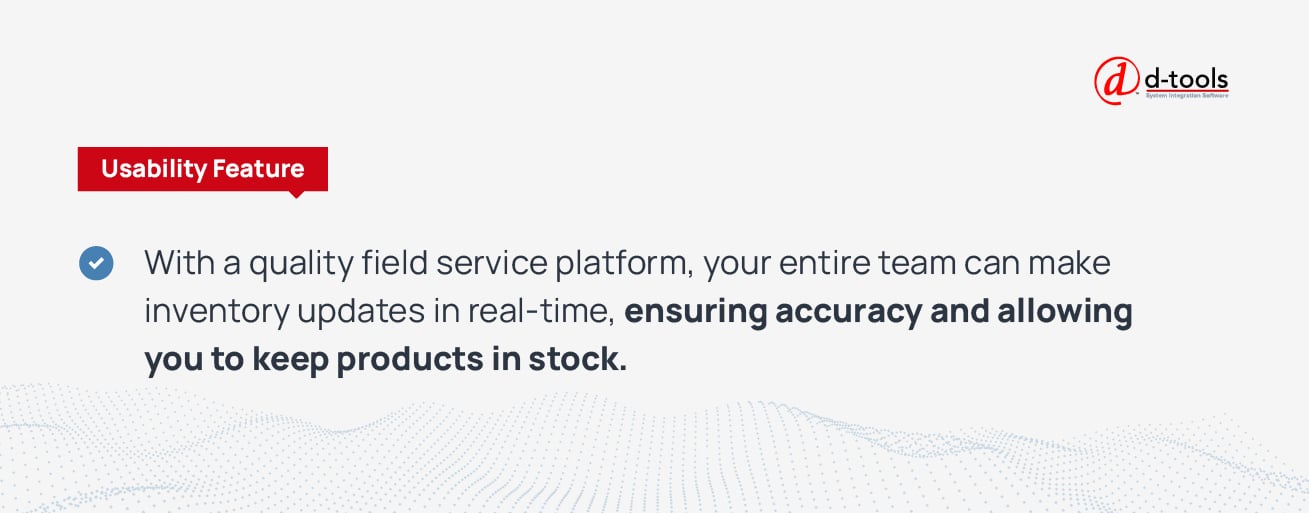
Step 6. Run Reports Repeatedly and Consistently
When all of your job costing data is in your management software, you can easily run reports in seconds. This makes it easier to run scheduled and frequent reports during the project’s duration.
With these reports, you can identify variations in your average expenditures on a specific project. You can also monitor your per-project spending and identify areas where you may be reaching or exceeding your quoted price for a project. Identifying these issues and trends early on gives you more time to address them before they become large problems that you discover only after they’ve occurred.
Monitor Your In-Progress Invoices
In addition to your reports, it’s important to monitor the invoices you issue for projects that are in progress. Prompt payment from clients ensures a consistent cash flow and gives you the funding you need to keep reinvesting in that project. If a client falls behind in making payments, the sooner you’re aware of the issue, the sooner you’ll be able to address and remedy it.
With field service management software, the process of creating and tracking invoices is easier and more accurate. With the right software, you can automate invoice completion, so invoices can be approved and sent out promptly and regularly. You can duplicate previous invoices and even develop a template for monthly or weekly invoices for a recurring job.
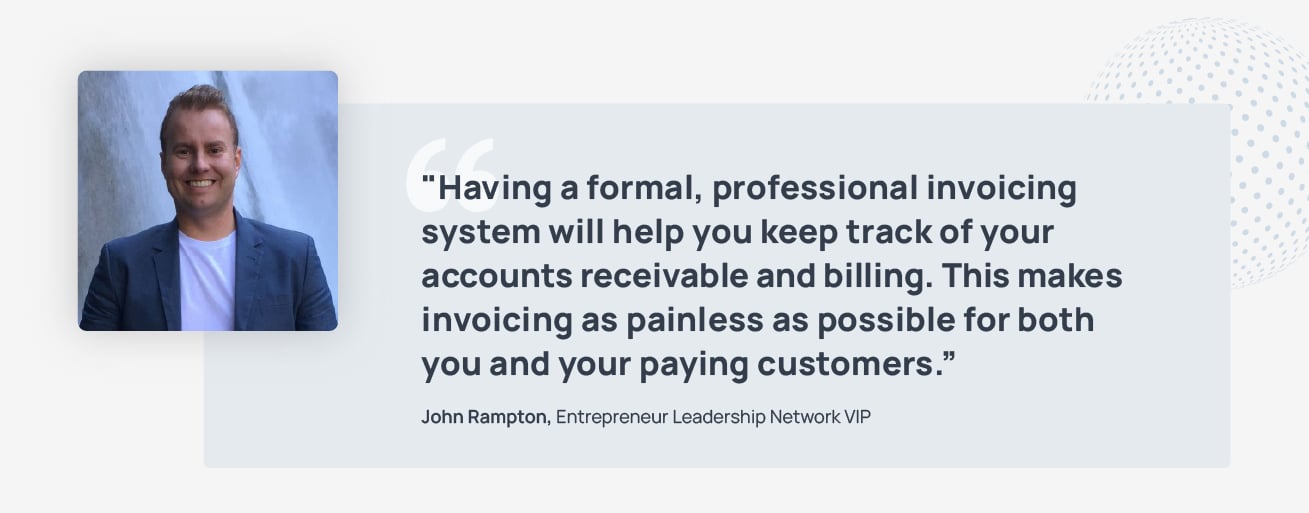
Review Your Data
Assign one person who’s in charge of reviewing job costing data for each project. You can learn helpful information from your job costing. Accurate job costing can help you identify areas where you’re underestimating costs, ways to streamline staff time involved with each project, and adjustments needed in your project costs to maintain profit margins.
Choose the Right Field Service Software
Companies can improve job cost accuracy by using quality field service management technology. Software can add accuracy and efficiency to many of your essential processes, like invoice creation, report generation, and time tracking. It also allows your entire team to collaborate on job costing.
Software options like D-Tools Cloud and System Integrator are ideal choices for your field service business. With the ability to improve project management, field technician time tracking, the invoicing process, inter-office communication, and more, D-Tools’ software products offer many benefits. Request a demo today to learn more.


